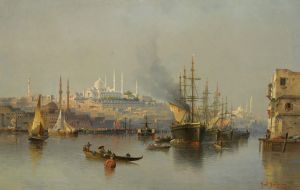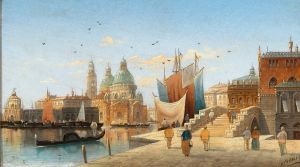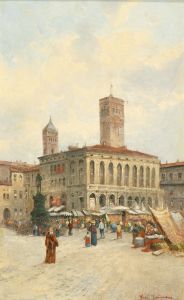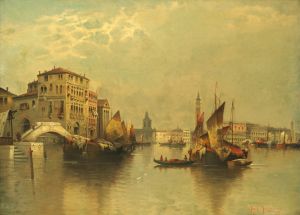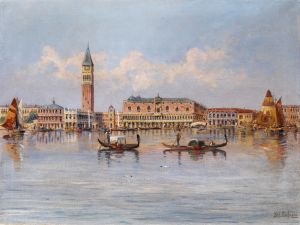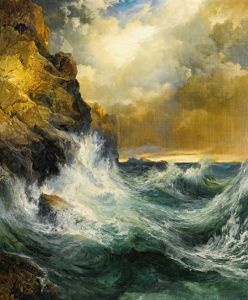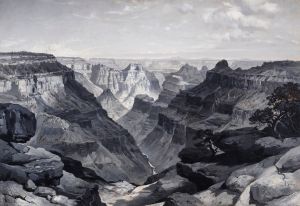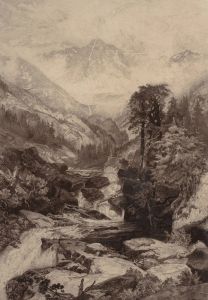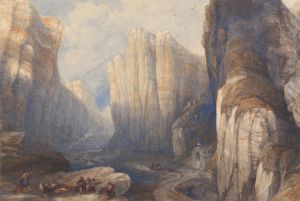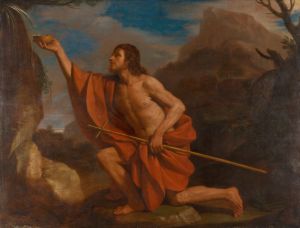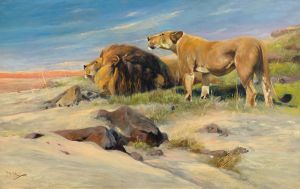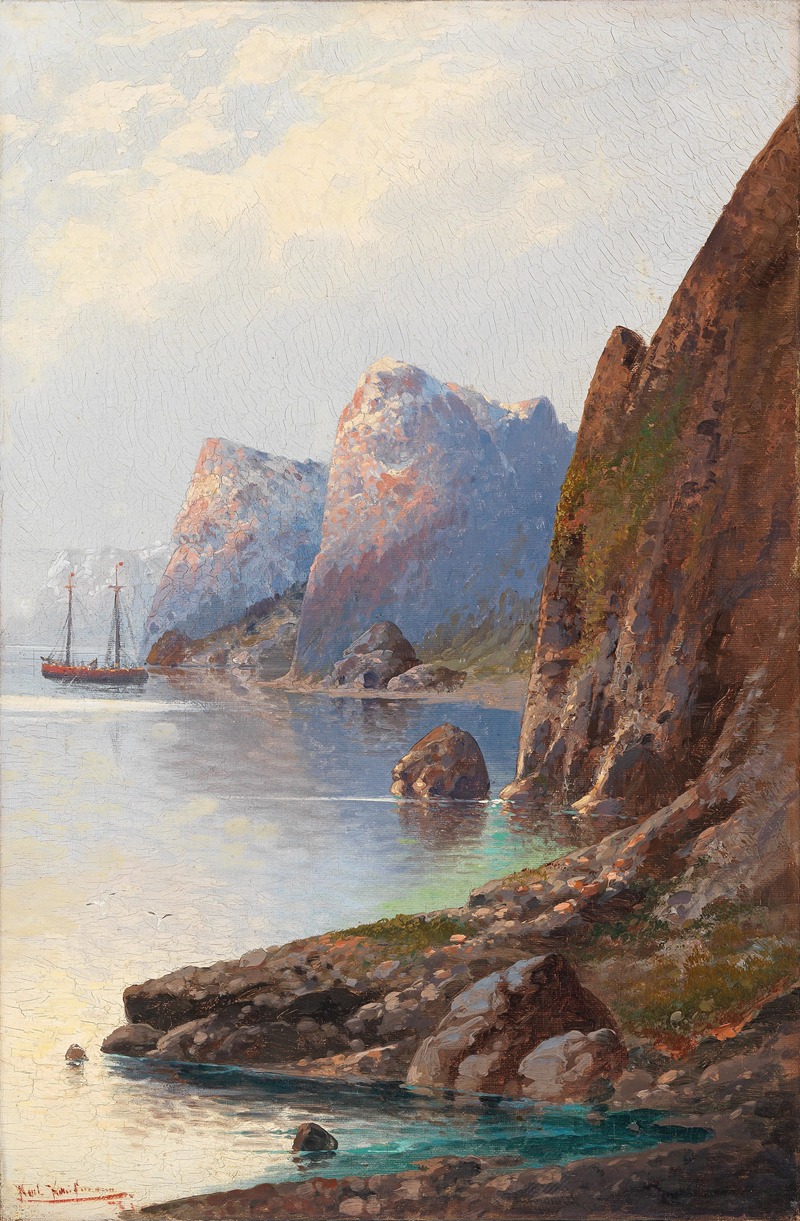
Fjordlanschaft
A hand-painted replica of Karl Kaufmann’s masterpiece Fjordlanschaft, meticulously crafted by professional artists to capture the true essence of the original. Each piece is created with museum-quality canvas and rare mineral pigments, carefully painted by experienced artists with delicate brushstrokes and rich, layered colors to perfectly recreate the texture of the original artwork. Unlike machine-printed reproductions, this hand-painted version brings the painting to life, infused with the artist’s emotions and skill in every stroke. Whether for personal collection or home decoration, it instantly elevates the artistic atmosphere of any space.
Karl Kaufmann was an Austrian painter born on February 29, 1843, in Neuplachowitz, Austrian Silesia, which is now part of the Czech Republic. He is known for his landscape paintings and architectural scenes, often capturing the serene beauty of nature and the intricate details of urban environments. Kaufmann studied at the Academy of Fine Arts in Vienna, where he honed his skills and developed a keen eye for detail and composition.
One of Kaufmann's notable works is "Fjordlanschaft," which translates to "Fjord Landscape" in English. This painting exemplifies Kaufmann's ability to depict natural scenes with a sense of tranquility and majesty. While specific details about the creation date and the current location of "Fjordlanschaft" are not widely documented, the painting is representative of Kaufmann's broader body of work, which often features Northern European landscapes.
"Fjordlanschaft" captures the essence of a fjord, a long, narrow inlet with steep sides or cliffs, created by a glacier. These natural formations are predominantly found in Norway, and Kaufmann's painting likely draws inspiration from the dramatic and picturesque landscapes of the Scandinavian region. His work often reflects a romanticized view of nature, emphasizing its beauty and grandeur.
Kaufmann's technique in "Fjordlanschaft" would typically involve meticulous attention to detail, with a focus on the interplay of light and shadow to create depth and atmosphere. His use of color would be expected to enhance the natural beauty of the scene, capturing the subtle variations in the landscape and the sky. The painting would likely convey a sense of calm and stillness, inviting viewers to immerse themselves in the serene environment.
Throughout his career, Karl Kaufmann traveled extensively across Europe, which influenced his artistic output. He was known to use various pseudonyms, such as C. Charpentier and J. Holmstedt, among others, to sign his works. This practice was not uncommon among artists of the time, allowing them to explore different styles and themes without being confined to a single artistic identity.
Kaufmann's paintings were well-received during his lifetime, and he exhibited his works in various European cities. His ability to capture the essence of diverse landscapes and architectural scenes made him a sought-after artist. Today, his works are appreciated for their historical and artistic value, offering a glimpse into the landscapes and urban environments of 19th-century Europe.
While specific exhibitions or collections featuring "Fjordlanschaft" are not extensively documented, Karl Kaufmann's works can be found in private collections and occasionally appear in art auctions. His paintings continue to be admired for their technical skill and the serene beauty they portray.
Karl Kaufmann passed away on December 27, 1905, in Vienna, leaving behind a legacy of captivating landscapes and cityscapes that continue to be celebrated by art enthusiasts and collectors. His work remains a testament to the beauty of the natural world and the skill of an artist dedicated to capturing its essence.





